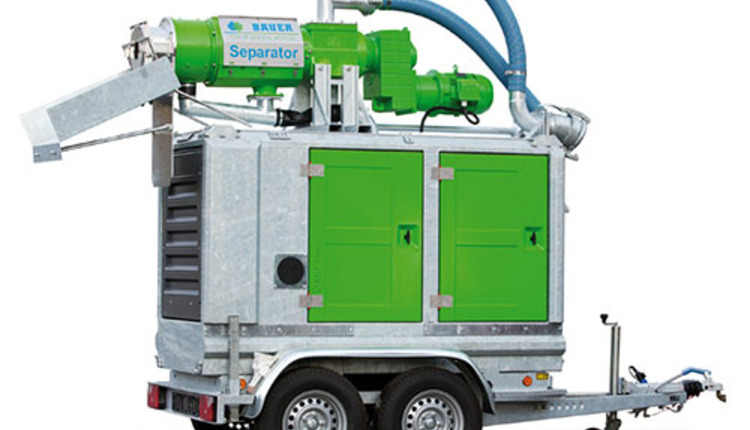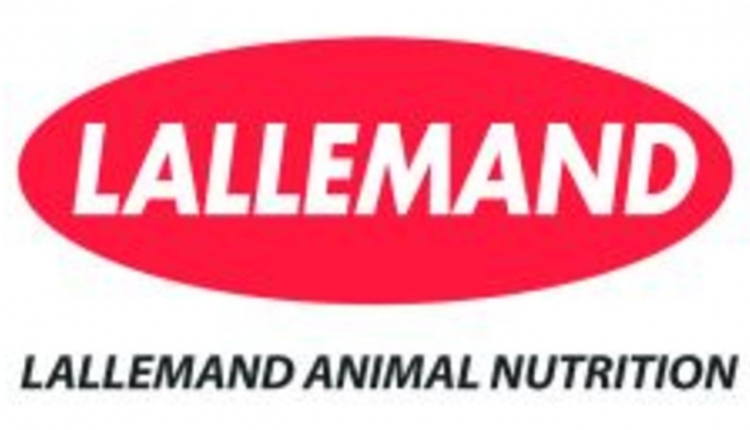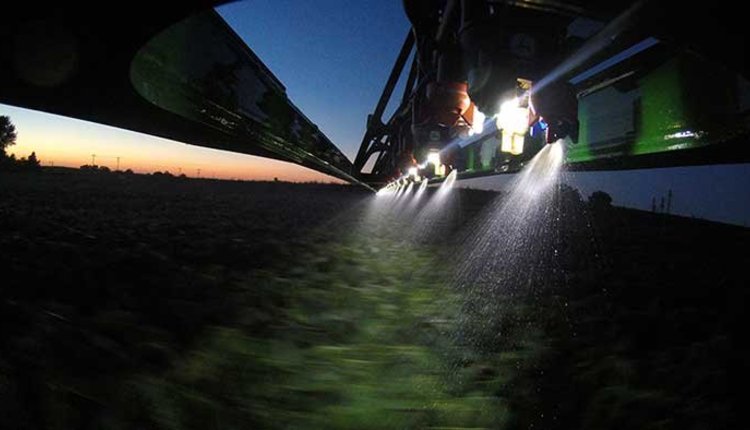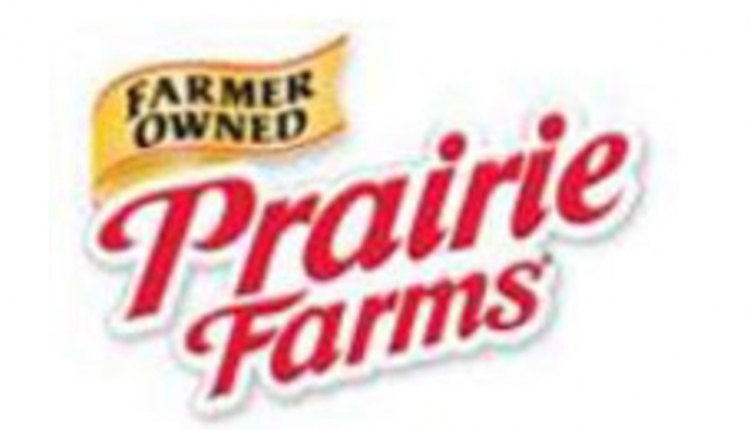Making sure forage inoculants contain enough CFUs of the right strains is critical to producing quality silage
When producers use a quality, research-proven forage inoculant, they are loading up with billions of elite, scientifically selected bacteria. Using the inoculant at the correct level is key to ensuring you get the performance you paid for.
"We are looking at a war at a microscopic level between ‘good' bacteria that can ensure maximum quality silage, and ‘bad' bacteria that cause nutrient and energy losses and may cause severe spoilage," says Bob Charley, Ph.D., Forage Products Manager, Lallemand Animal Nutrition. "To make sure we have enough ‘good' bacteria to prevail, we need to look at the colony forming units on the inoculant label."
It is generally accepted that fermentation aids - which are designed to dominate the initial fermentation and increase the speed of pH drop - should be applied at a minimum of 100,000 CFUs per gram of fresh forage.
CFUs are a measurement producers may be unfamiliar with, Dr. Charley notes. Microbes are very small and difficult to count directly, so CFUs are used as the method of enumeration.
CFUs are determined by making a microbial suspension, then making a series of 10-fold dilutions of this suspension and spreading a small amount of each dilution on petri dishes containing a layer of nutrient agar ("jelly"). These are then incubated for 24 to 48 hours at a temperature ideal for the microbe(s) under test (generally around body temperature). After incubation, the agar plates are covered in spots, which are individual microbial colonies, which are counted.
"This is the ‘C' in CFU," Dr. Charley explains. "Since we do not know if the colony was formed by one single organism or a cluster of bacteria, the spots are referred to as ‘colony-forming units.'"
While 100,000 CFUs of elite, selected bacteria per gram of fresh forage is the accepted minimum standard for driving a rapid pH drop, to reliably produce silage with good aerobic stability, inoculation with a significantly higher dose rate of Lactobacillus buchneri 40788 has been proven in independent trials to be the most effective option. L. buchneri 40788 applied at a rate of 400,000 CFU per gram of forage (600,000 for HMC) has been reviewed by the FDA and allowed to claim improved aerobic stability of silages and HMC.
The number of CFUs should be clearly listed on the silage inoculant product label.
In addition to ensuring a minimum level of CFUs, producers should always ask to see independent data to support claims made for any inoculant. Dr. Charley recommends producers check what level the product was used at in these studies and ensure it matches what they're being sold.
"CFUs alone will not guarantee the desired results," he notes. "Be sure to look for specific strains that are proven in independent research to meet specific silage goals. Then, make sure you apply inoculants at the correct viable level with proper handling practices to help ensure your inoculant works as expected - and results in stable, high quality silage."
4.08.2016








